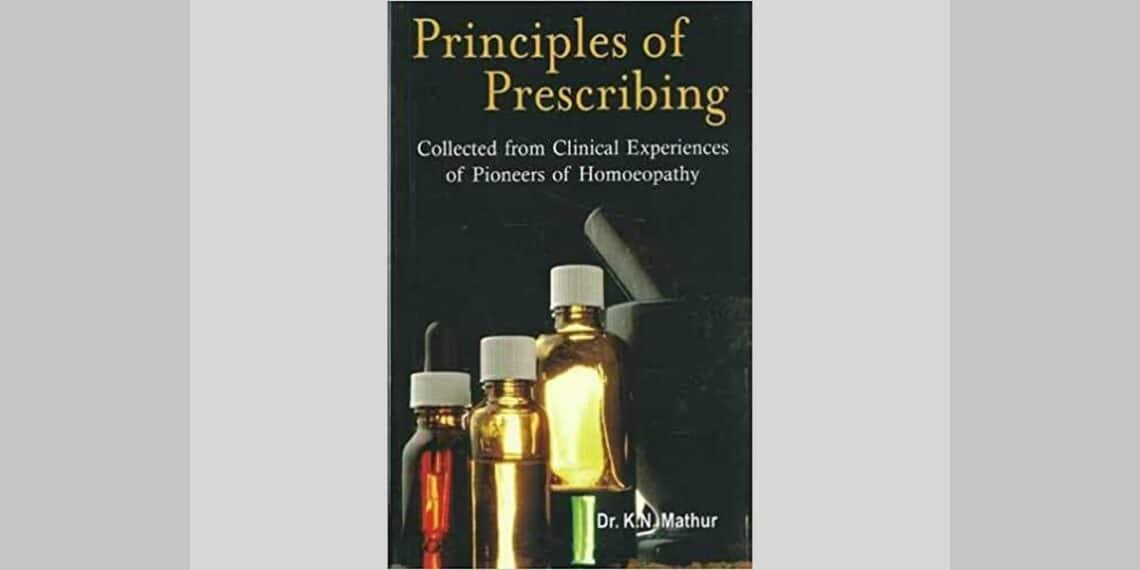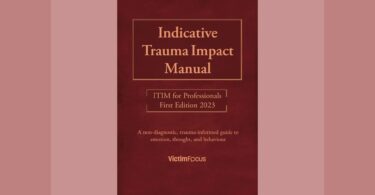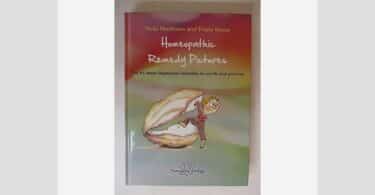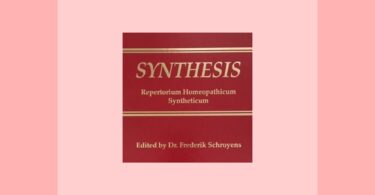|
|||||||
|
|
|||||||
| To learn from the pioneers in homeopathy: here is the source of such a great variety of experiences gained by homeopaths throughout the globe that only excerpts of the total can be described in this review.This is a book with 30 chapters showing “Prescriptions based on…”: specifics, prophylactics and Genius epidemicus, external application of homeopathic drugs, totality of the characteristic symptoms, the characteristic keynotes, constitutional and general characteristic symptoms, psychosomatic symptoms, repertorization,, causae, direct causes, indirect causes, removal of suppressions, drug-induced miasms, vaccinosis, Burnetts miasm of phthisis, psora, sycosis, syphilis, nosodes and intestinal nosodes, blood examination, autotherapy, relationships among remedies, change of remedies and combinations of remedies, tautopathy, organotropic remedies,…
The main intention for K.N. Mathur is collecting all principles in prescribing that have been verified. When leafing through the book, soon it gets obvious, that this book will be discussed controversially, especially by the true Hahnemannian colleagues. Homeopathy is a science of healing that has undisputed, fixed laws. The founder of homeopathy, Dr. Samuel Hahnemann has taught us how homeopathy e x a c t l y has to be practiced. Now, at the age of 162 years of the manuscript of the 6th edition of the ‘Organon of the Art of Healing’, and 161 years after the Hahnemann’s passing away, homeopathy is being practiced in so many ways that is is difficult to define, what is still homeopathy and what is a different method of healing just being derived from it. For those open to new developments that have been proven to be applicable in the field of homeopathy, this can be a point of endless and maybe fruitless discussions. This book is far from seeking for an answer of the above problem. This book is the result of an amazing research through the world of literature on homeopathy. ‘Principles of prescribing’ is a book that strictly follows its title. Having a look at the chapter on ‘specifics’, 300 remedies are listed with their ‘specific’ indications (example: Acalypha indica: hemorrhage). But Mathur not only supplies the list but also submits brief teachings and submits references on how to work with these specifics (John Henry Clarke, Oscar E. Boericke, H. Henderson Patrick). Throughout the book, the chapters are made up similarly: First some theory on the principle, then clinical experiences, cases and finally Materia Medica. Many common questions of students are answered here (e.g. Which potency? When to repeat the remedy? Clinical cases vividly support the principles). Whatever chapter you read, this book is full of clinical experiences. In the index of names you’ll find close to 200 names from whom the knowledge is obtained. No more boring studies: here, homeopathic teachings come to life. Hering’s Law, for example. Every student on homeopathy will learn it in an early stage of his studies. Here, in addition to the law, we also read on rules and hints for prescribing according to it (examples, what else, are included). Repertorization: it will come as a shock to many new to homeopathy just how great an effort this takes! Here you will learn how Kent and P. Sankaran approached their cases. You will benefit from the experience of R.A.F. Jacks (First Experience In The Use Of Repertory-Cards); furthermore, K.N. Mathur includes his own essay on the repertory as a base of choosing the simillimum. There are essays on Causes of diseases from the homeopathic point of view, incl. Hahnemann’s finding of acute causes and chronic causes; reflections on etiology in homeopathy, in order to understand the Modus operandi of prescriptions. So You will learn a lot on immediate, direct causes and of indirect causes (incl. their classification). A long chapter is concerned with the removal of suppressions. Subtopics here are for example Nature, Effect, and Contexts; Drainage and Corresponding Homeopathic Remedies; Manifestations of Suppressions and, again, a lot of clinical examples. Prescriptions on the basis of suppressions are discussed together with special emphasis on 54 different remedies presented in a list; Miasms must not be missing in this work – and here they are: drug miasms, vaccinosis, Burnett’s miasm of phthisis, psora, sycosis and syphilitic miasm. You find something on nature, development and more on nosodes, and even on autotherapy, auto-hemo-therapy, swinging the pendulum, emanometric research and radiesthesia. Also very important to any practitioner is the information given on disposition, lack of reaction and maintaining causes that block healing. Allergies received considerable attention by the author as well. And last but not least, the best choice of the potency of the applied remedy, its repetition and its duration of action is discussed from numerous points of views. Now, as the last page of this book is closed, I regret that space does not allow for a deeper discussion. I strongly urge you to go to your nearest homeopathic library and have a look at this book, and perhaps then you will want to order it. It is a vast resource for every aspect of our work. |
Principles of Prescribing
Principles of Prescribing







